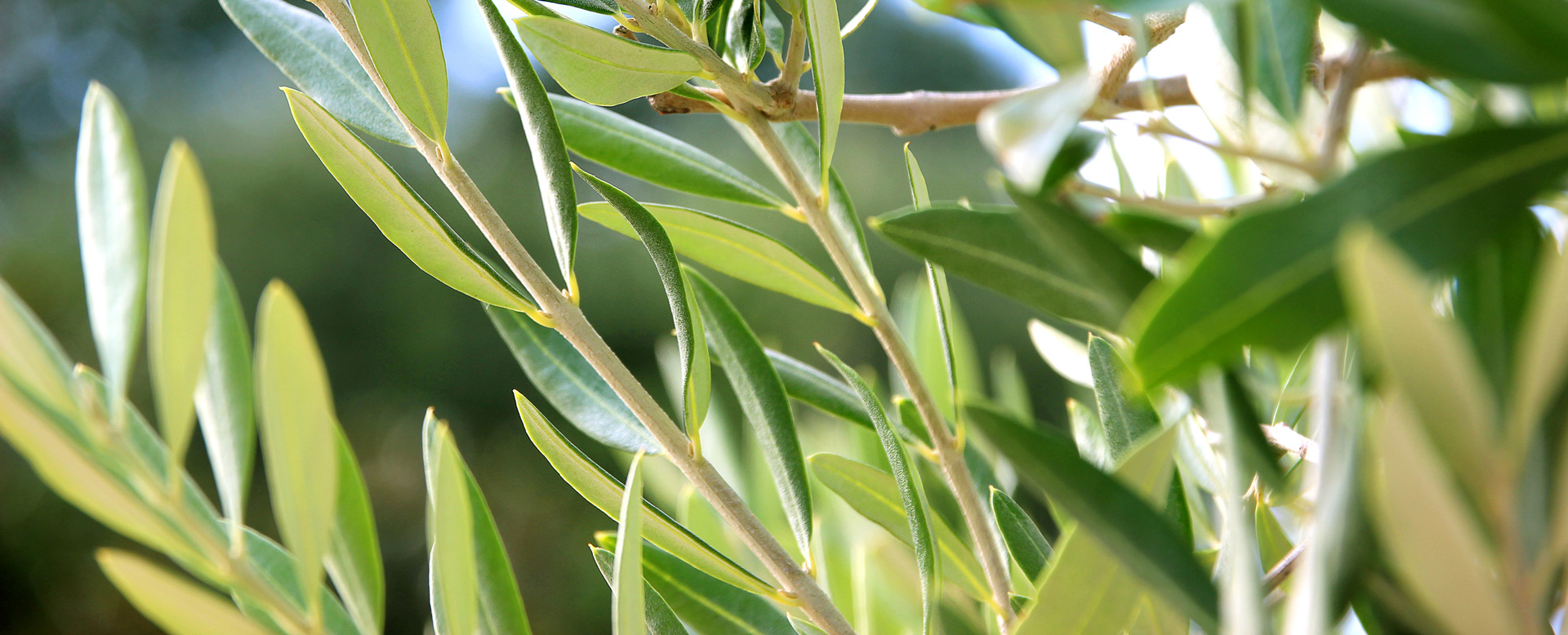Herpes simplex virus (HSV) is one of the most common skin infections. Many individuals do not know they have the virus because they have never had an eruption. In fact, about 80% of the U.S. population has asymptomatic HSV.
Herpes simplex viruses are categorized into two types: herpes type 1 (HSV-1, or oral herpes) and herpes type 2 (HSV-2, or genital herpes). When someone has symptomatic herpes, herpes type 1 most commonly causes sores around the mouth and lips that are often referred to as fever blisters or cold sores. HSV-2 eruptions most commonly occur around the genitals or rectum. Although HSV-2 sores may occur in other locations, these are usually found below the waist such as the buttocks. The first-time outbreaks of herpes can also include fever and malaise.
Oral antiviral medications are prescribed for both acute outbreaks, and in some individuals, a daily dose to suppress their frequent outbreaks, as well as to prevent spreading to another individual with whom they have had sexual contact. This is specifically the case in those who have HSV-2. There are also topical prescription antivirals to be used during an outbreak that can shorten duration and severity.
While I consider these suppressive daily antivirals and the periodic short-term antiviral during an outbreak a generally safe category of pharmaceuticals, there are numerous botanical/nutraceutical supplements that may be able to reduce frequency and severity. Among these is olive leaf. Olive leaf extract has been reported to be antiviral, antioxidant, antifungal, anti-inflammatory, antibacterial, and have inhibitory effects on candida growth. The current study reported on here, a randomized double-blind, parallel-group, single-center, controlled trial examined the effects of 2% olive leaf extract cream on HSV-1 compared to 5% acyclovir cream.
This study was conducted in Iran and included patients with observable blisters for no more than thirty hours before examination and included men and women.
Each group had 33 individuals and they were randomly assigned to the 2% olive leaf extract group or the 5% acyclovir cream. They were to apply the cream to the ulcerated lesions five times a day for six days.
On the third day, fewer patients in the olive leaf group had bleeding, itching, and severe pain compared to the acyclovir group. On day 6, there were fewer patients that had irritation, itching, and color change in the olive leaf group compared to the acyclovir group. The olive leaf group also had a shorter healing time compared to the acyclovir group with the number of patients in the olive leaf group that were healed by day 3 and day 6 being more than the acyclovir group.
Commentary: I would be asking my compounding pharmacist if they could procure the necessary ingredients to make the cream as per the following specifications and steps: 1) One mg of dried olive leaf powder to be percolated with 10 mL ethanol (70%). 2) Evaporate the ethanol and dry the extract followed by washing with dichloromethane and methanol solutions. 3) Remove the insoluble parts and freeze-dry. 4) Prepare the cream using a Eucerin base containing 10% propylene glycol, 2% olive leaf extract, and 0.1% ascorbic acid. Not all states or provinces allow compounding pharmacies to have access to the same list of approved botanicals. If you are a prescriber, you can check with your local compounding pharmacist. For the creative thinkers, one could perhaps try purchasing olive leaf powder and mixing it into a bit of a paste with olive oil or Eucerin cream or even calendula cream. Not the same potency as what the study used, but a possible home-made option that I would consider safe.
Reference: Toulabi T, Delfan B, Rashidipour M, et al. The efficacy of olive leaf extract on healing herpes simplex virus labialis: A randomized double-blind study. Explore (NY). January 29, 2021;S1550-8307


